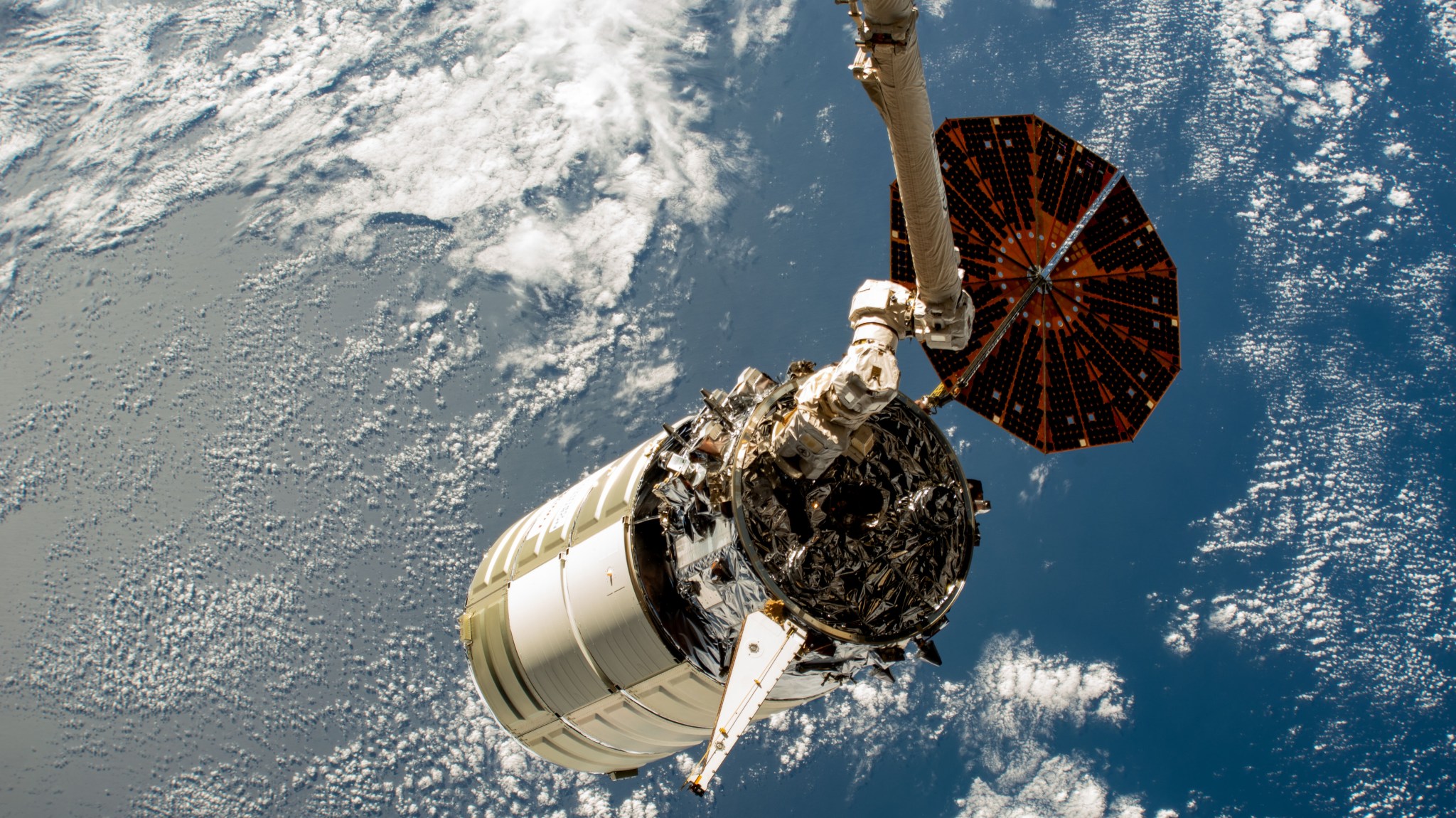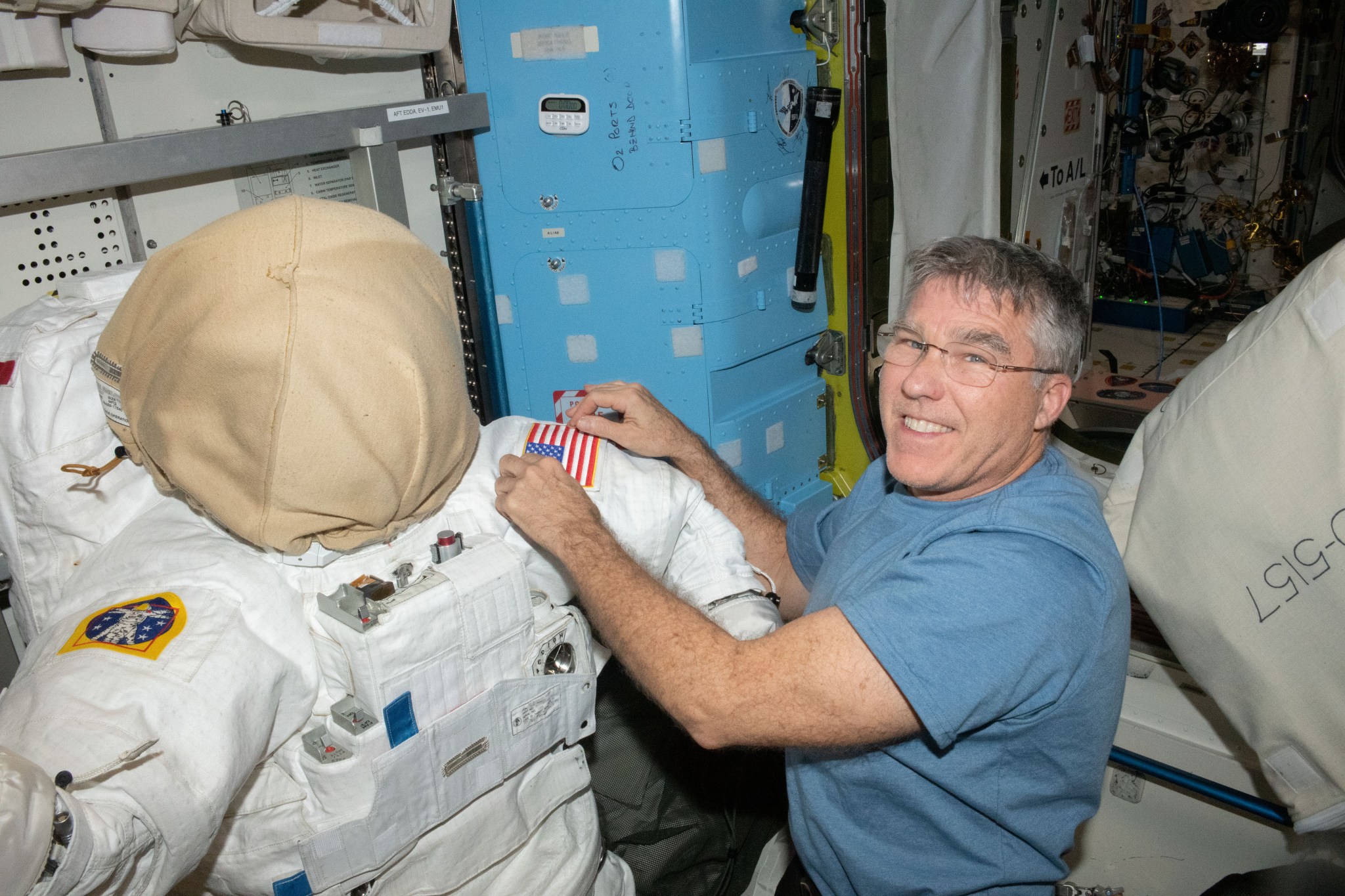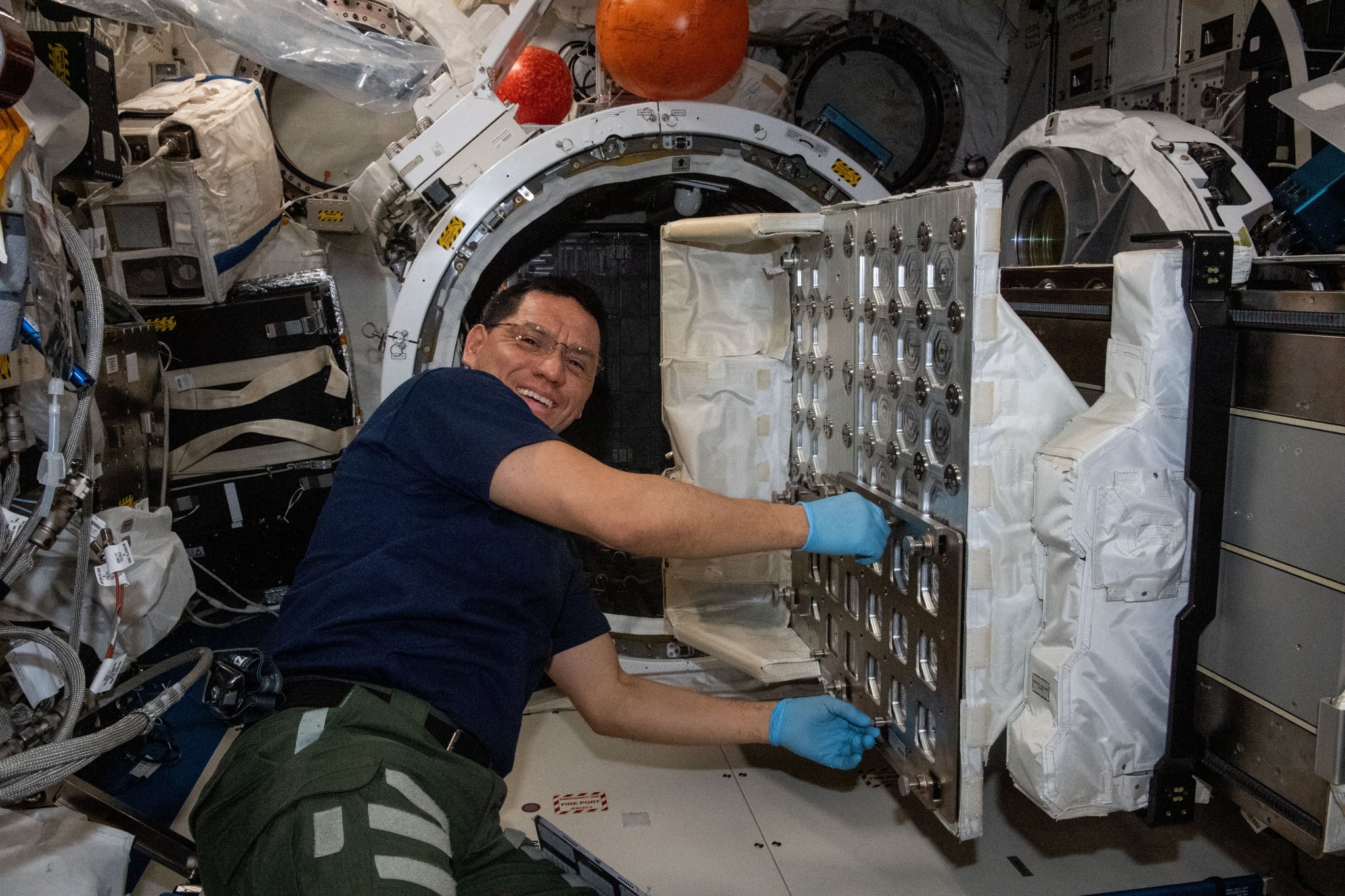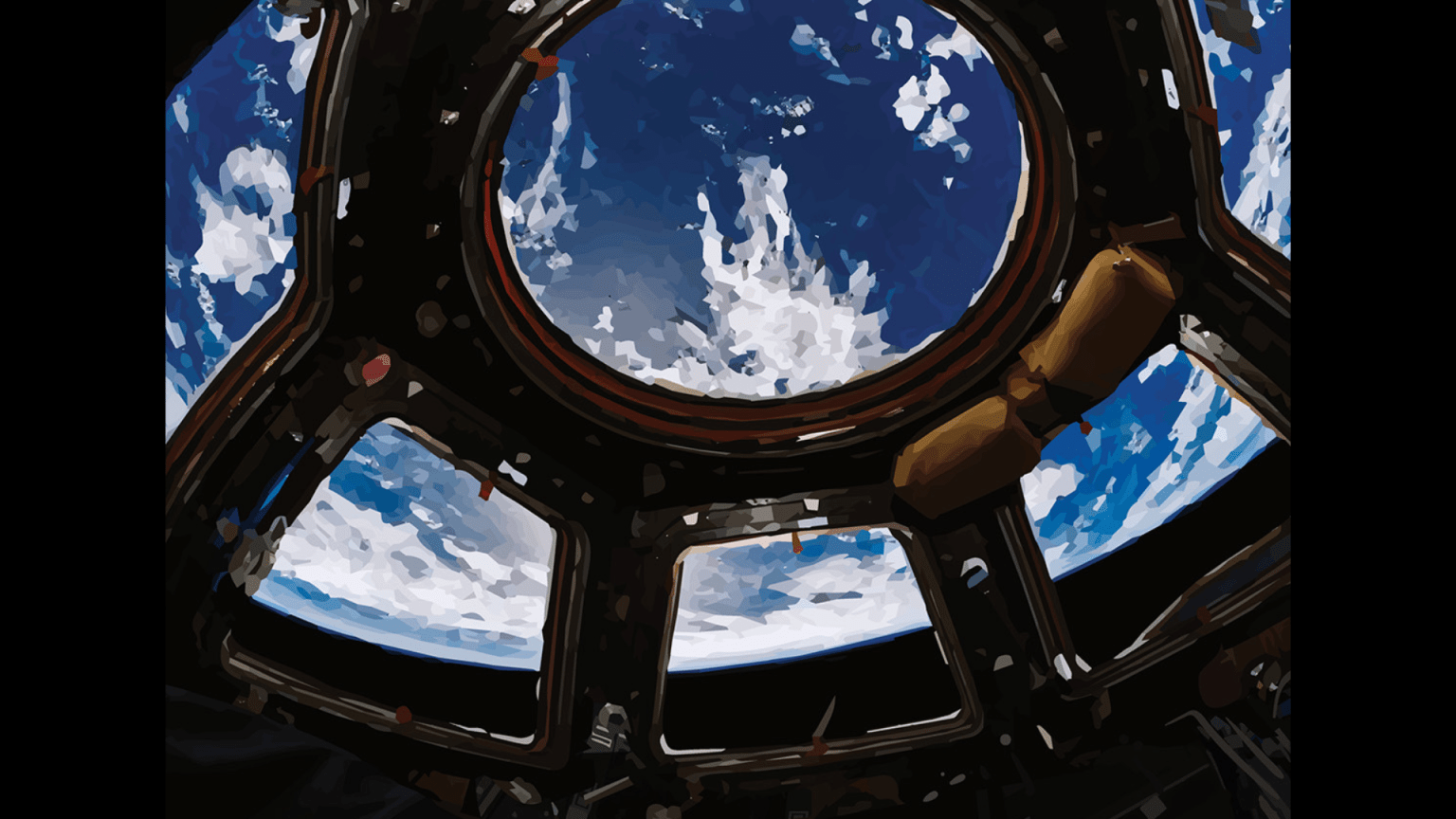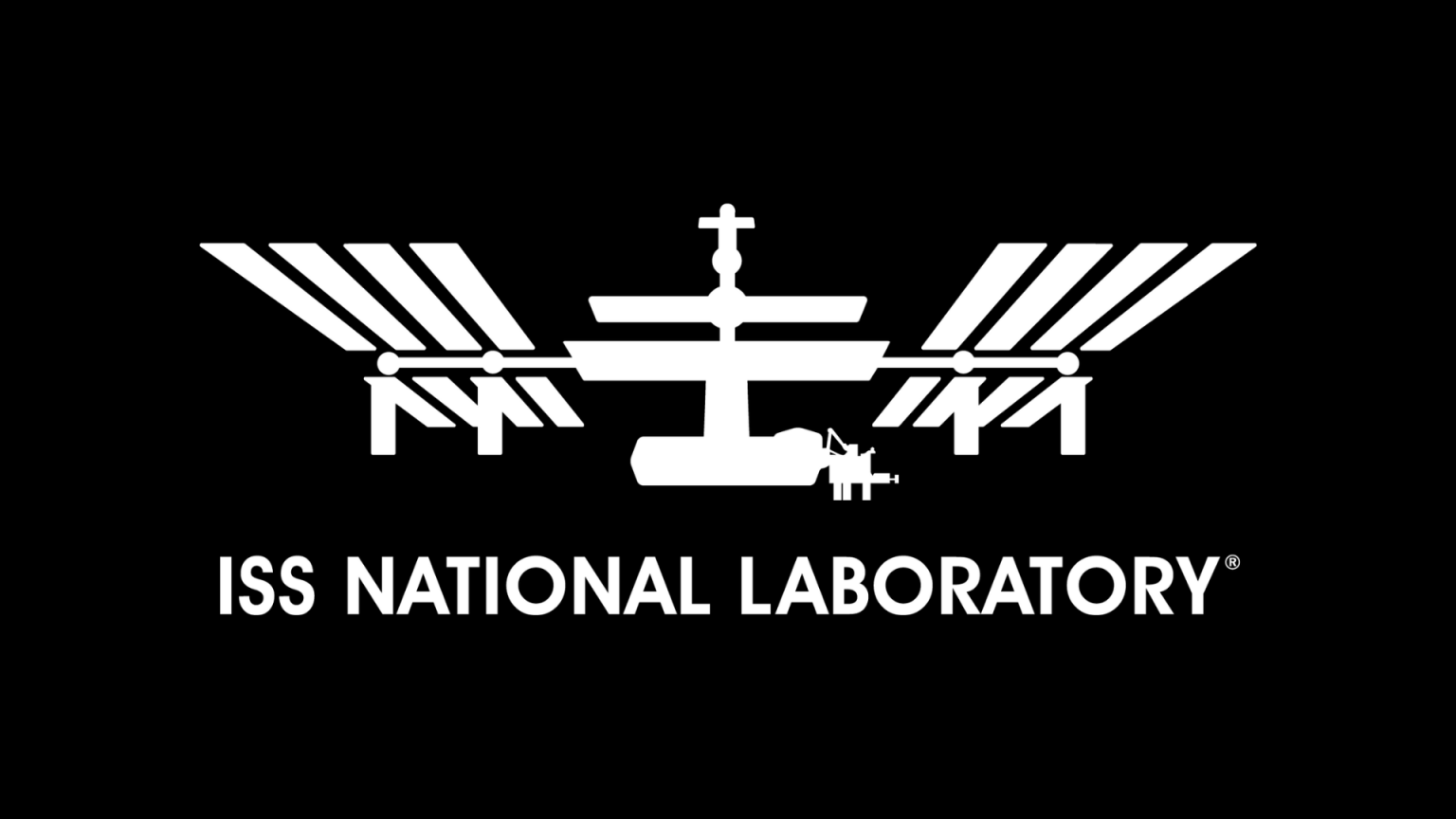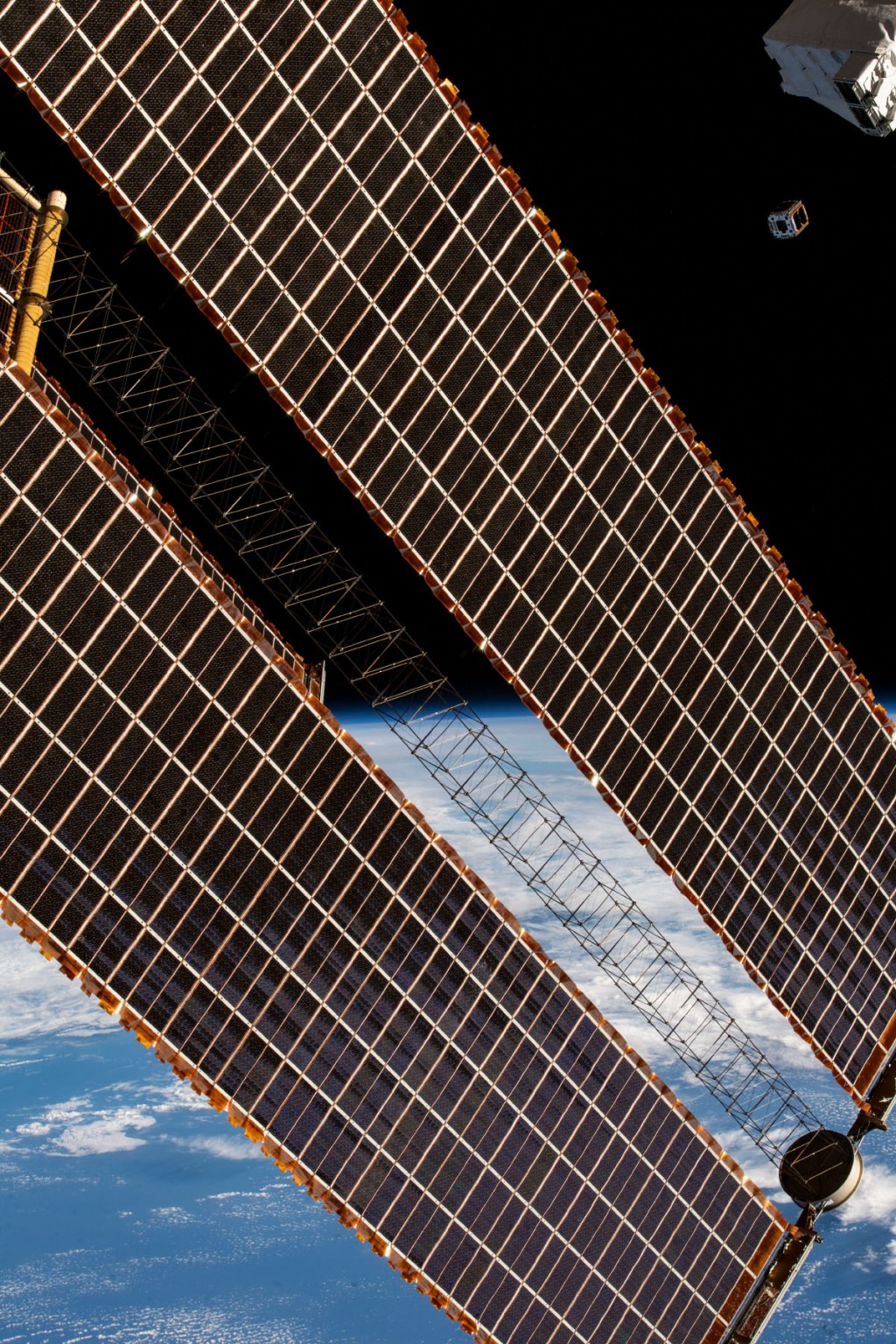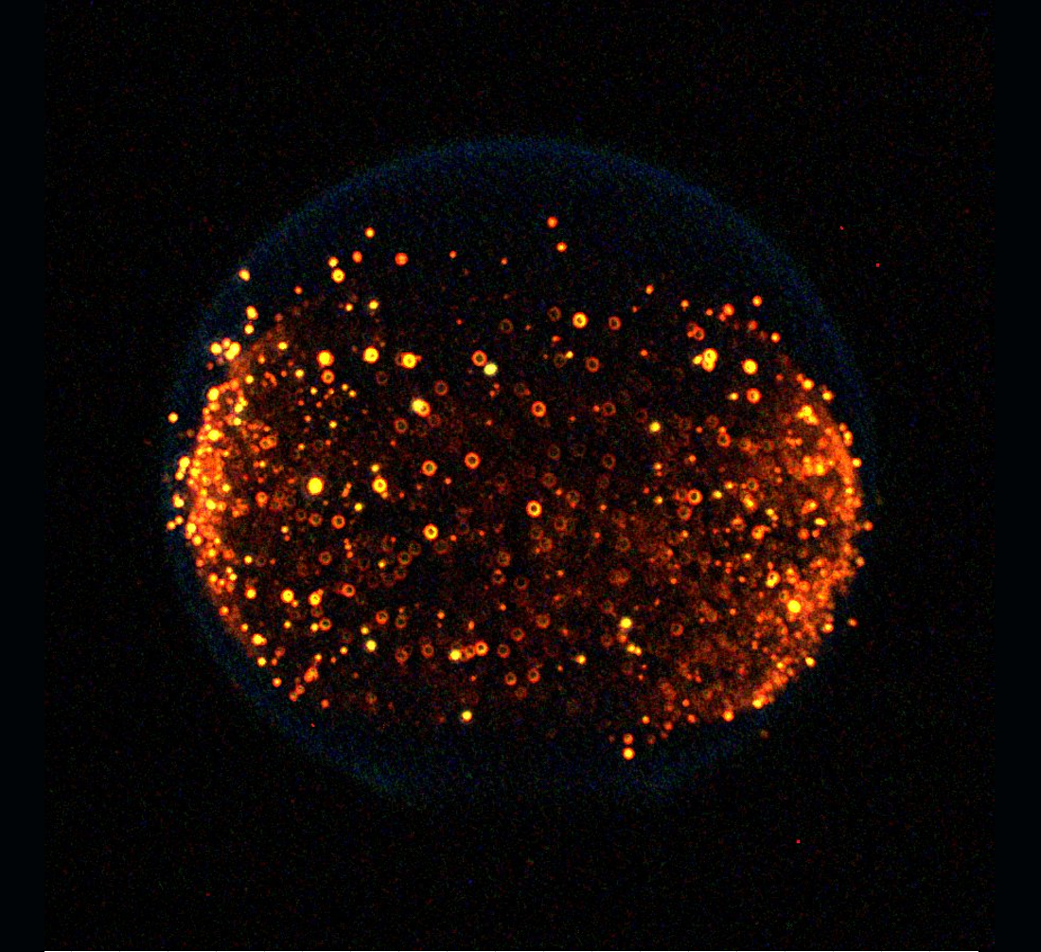Crew members aboard the International Space Station conducted scientific investigations during the week of April 24 that included examining the effect of impurities on protein crystal growth, deploying student satellite projects, and demonstrating radiation-sensing technologies.
Here are details on some of the microgravity investigations currently taking place aboard the orbiting lab:
Tracking Crystal Impurities
Advanced Nano Step, an investigation from JAXA (Japan Aerospace Exploration Agency), monitors and records how specific impurities affect the development and quality of protein crystals. The NanoStep test equipment allows researchers to directly observe the growth interface of protein crystals in space for the first time, which allows them to measure specific growth parameters and crystal surface structure. The crystals will return to Earth for in-depth analysis. Results could simplify efforts to exclude some impurities before launch. This capability could support additional research on and production of materials and drugs in space and be useful for certain crystallization trials on Earth. During the week, crew members installed cartridges for investigation operations.
Six Student Satellites
Crew members used the NanoRacks CubeSat Deployer to deploy six different student satellite projects during the week. Interacting directly with a satellite generates excitement about the exploration and use of space, and participants gain tangible knowledge about space, satellites, and related concepts.
- NEUDOSE measures and maps the real-time radiation dose received by astronauts during spacewalks. Such measurements provide data critical for accurately projecting the risk to crew members.
- YukonSat uses student-designed satellites to display art and audio recordings from Canadian Northern Peoples and a world-wide game where amateur radio operators work together to decipher coded messages.
- AuroraSat provides open-source satellites and ground stations and worldwide games and collaboration to support design and development of projects by Indigenous and Inuit students in Canada.
- Ex-Alta 2 demonstrates using student-designed and developed satellites to predict, monitor, and assess wildfires, which could help improve preparedness for these events.
- LightCube includes a flash bulb activated by amateur radio operators on the ground to produce a brief flash of light visible to people on Earth.
- ARKSat-1 demonstrates ground tracking of a CubeSat via an LED light that measures atmospheric material between spacecraft. The system could be used to study atmospheres of other planets and moons in the solar system.
Toward Better Radiation Shielding
Understanding and overcoming the human risks from space radiation is one of the major challenges facing future space exploration. RadMap Telescope, an investigation sponsored by the ISS National Lab, demonstrates compact radiation-sensing technologies for applications in autonomous and crewed spacecraft. Results could provide detailed knowledge about the effectiveness of radiation shielding material combinations, crucial for the design of new spacecraft, habitats, surface vehicles, and spacesuits for future deep space missions. The underlying technology has potential applications in settings on Earth that require precise radiation characterization, such as the medical field. Crew members installed and activated the instrument during the week.
Other Investigations Involving the Crew:
- Actiwatch, a device worn on the wrist, detects body movement and light intensity to evaluate individual daily sleep-wake cycles. Understanding the effects of spaceflight on these cycles could support development of measures to improve sleep and contribute to better health and productivity among crew members on future missions and people with sleep issues on Earth.
- Veg-05 uses the station’s Veggie facility to grow dwarf tomatoes and examine the effect of light quality and fertilizer on fruit production, microbial food safety, nutritional value, taste, and overall behavioral health benefits. Growing plants to provide fresh food and enhance the overall living experience for crew members supports future long-duration missions.
- JEM Water Recovery System from JAXA demonstrates technology to generate potable water from urine. The system could contribute to life support systems on the space station and future exploration missions.
- Zero T2 examines the effects on physical and sensorimotor health and performance when crew members do not exercise on a treadmill. Treadmills reinforce a walking motor pattern but are too bulky for future long-duration space missions. Results could help determine exercise regimens that are adequate to maintain physical health on future missions.
- ISS Ham Radio provides students, teachers, and others the opportunity to communicate with astronauts using amateur radio units. Before a scheduled call, students learn about the station, radio waves, and other topics, and prepare a list of questions based on the topics they have researched.
- Food Physiology documents the effects of an enhanced diet on human adaptation to spaceflight. Results could support development of targeted, efficient dietary interventions to maintain crew health and performance and improve understanding of how complex organisms adapt to spaceflight.
John Love, ISS Research Planning Integration Scientist
Expedition 69




























